Capital of Uruguay
by Dee Cee
(Pictures by Evelyn)
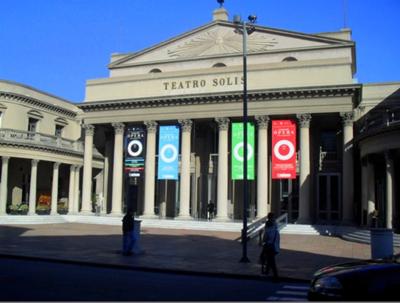
Teatro Solis Montevideo Uruguay
Montevideo - Capital City
and Tourist Destination
Montevideo is the capital of Uruguay and enjoys a variety of tourists that come from many areas including Europe, Chile, Brazil, Argentina and the U.S. The number is increasing yearly with the addition of several International airlines as well as luxury cruises that are available to the port of Montevideo.
This city is Uruguay's largest in addition to being the capital and is the chief port. The city was established in 1726 and today about half the population of the entire country - 1,325,968 - lives in Montevideo.
Located on the southern coast and the bank of the Rio de la Plata or Silver River, part of the reason the area is so popular is the climate. The subtropical weather, which includes cool winters and warm summers, is enjoyed by many who come here to play on the beaches and explore the countryside.
One beach, Ramirez beach, is located within close proximity of the Parque Rodo, which is a main amusement park in Uruguay. In addition, it is a wildlife park and wolves, pumas and monkey make their home here.
There are many beaches in Montevideo that provide swimming as well as water sports such as wind surfing, body surfing and boating. A walk along the Rambla, the promenade along the beach of Rio de la Plata is where everyone goes for a stroll in the evening.
Due to the location of the capital of Uruguay in the southern hemisphere, the seasons are different than in other parts of the world. Summer months include December, January, February and March. Autumn is April and May. Winter is from June to September and spring months are October and November.
Depending on the time of year that you visit Montevideo, there are a variety of interesting things to do. If your holiday is during the summer, on February 2, the Festival of lemanja is a celebration that you can enjoy.
On the afternoon of the 2nd people will begin to arrive on the beaches to honor lemanja, the goddess of the sea. Dressed in white or light blue, they bring flowers, candles and watermelons to offer to the goddess.
Many of the people of Uruguay make small boats that will be filled with fruit, money, candles and all sorts of items including a sculpture of lemanja. The celebration typically lasts until about 3 in the morning.
This is also the time of year for Las Llamadas, Mardi Gras Carnival and Parade Week in Montevideo. The first week of February, this national festival takes place with each neighborhood providing their own theatrical productions.
On Sundays in the capital of Uruguay, a huge flea market is the place to visit. This flea market is blocks long and has many items that cannot be found elsewhere.
From antiques to treasures, exploring the flea market may allow you to find that special souvenir to remember your trip to Montevideo.
A section of the city, Ciudad Vieja, is where the oldest buildings are located as well as art galleries, museums and nightclubs. El Pony Pisador, a bar and disco can be found in two locations in Montevideo.
With live music every night, visitors can enjoy a diverse selection - depending on the night and location - including everything from blues to flamenco, soul, Brazilian, oldies and rock in Spanish or English.
Choosing to visit the capital of Uruguay will certainly be interesting. With the number of attractions and things to do - horseback riding, sports, dining, shopping, sightseeing, hiking, gambling and more - you may need to extend your stay!
Explore more Interesting Facts about Uruguay







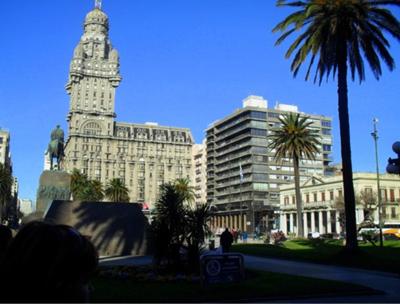
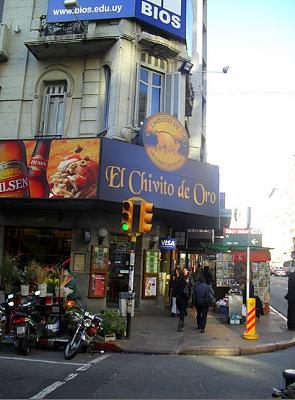
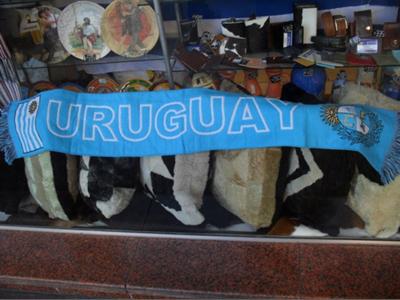



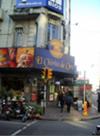




Bookmark Us